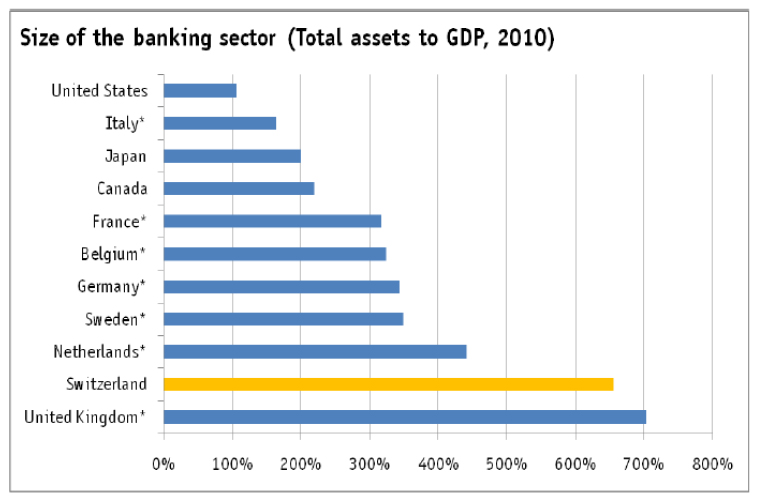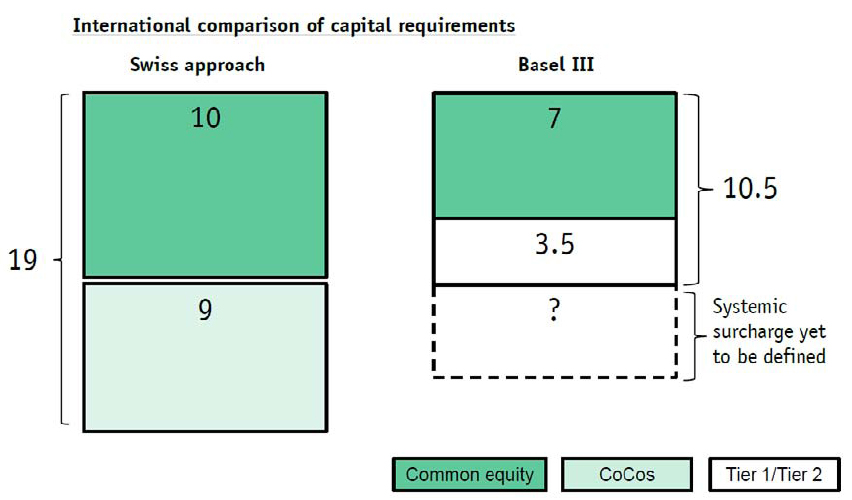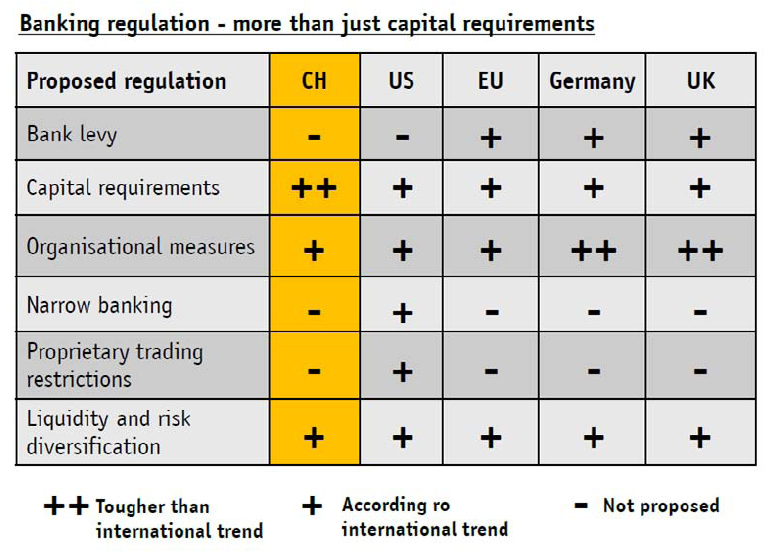Bruno Biais and Richard C. Green, The Microstructure of the Bond Market in the 20th Century:
Bonds are traded in over-the-counter markets, where opacity and fragmentation imply large transaction costs for retail investors. Is there something special about bonds, in contrast to stocks, precluding transparent limit-order markets? Historical experience suggests this is not the case. Before WWII, there was an active market in corporate and municipal bonds on the NYSE. Activity dropped dramatically, in the late 1920s for municipals and in the mid 1940s for corporate, as trading migrated to the over-the-counter market. The erosion of liquidity on the exchange occurred simultaneously with increases in the relative importance of institutional investors, who fare better in OTC market. Based on current and historical high frequency data, we find that average trading costs in municipal bonds on the NYSE were half as large in 1926-1927 as they are today over the counter. Trading costs in corporate bonds for small investors in the 1940s were as low or lower in the 1940s than they are now. The difference in transactions costs are likely to reflect the differences in market structures, since the underlying technological changes have likely reduced costs of matching buyers and sellers.
The authors point out the central question:
Perhaps corporate and municipal bonds have low liquidity and high trading costs because they are traded in opaque and decentralized dealer markets. Alternatively, perhaps they trade over the counter because the infrequent need for trade, and sophistication of the traders involved, renders the continuous maintenance of a widely disseminated, centralized limit-order book wasteful and costly.
What is often ignored is the fact that exchange trading of bonds has been tried before:
Until 1946, there was an active market in corporate bonds on the NYSE. In the 1930s, on the Exchange, the trading volume in bonds was between one fifth and one third of the trading volume in stocks. In earlier periods, there was also an active market for municipal bonds and government bonds…Municipal bond trading largely migrated from the exchange in the late 1920s, and volume in corporate bonds dropped dramatically in the late 1940s.(footnote) Since this collapse, bond trading on the Exchange has been limited.
Footnote: The historical evolution of trading volume in municipal and corporate bonds is documented in the present paper. The Treasury and Federal Study of the Government Securities Market, published in July 1959, mentions (Part I, page 95) that trading volume in Treasury securities migrated from the NYSE to the OTC market during the first half of the 1920s.
Two possible explanations for the collapse of the exchange market are dismissed:
First, we ask whether decreases in liquidity could have been associated with changes in the role of bond financing generally. Based on data assembled from different sources (Federal Reserve, NBER and Guthman (1950)) we show that bond financing actually grew during the periods when trading volume collapsed on the Exchange.
Second, we ask whether the drop in liquidity could have resulted from SEC regulations increasing the cost of listing on the Exchange. We show that the decline in liquidity was not correlated with a decline in listings. Furthermore, while Exchange trading disappeared in securities that were exempt from the 1933 and 1934 acts (such as municipal bonds), it remained active in securities which were subject to this regulation (most notably stocks).
The third possibility is due to the interaction of groups with differing objectives in a heterogeneous market:
Different equilibria will vary in terms of their attractiveness for different categories of market participants. Intermediaries benefit when liquidity concentrates in venues where they earn rents, such as opaque and fragmented markets. For reasons we will show were quite evident to observers at the time, large institutional investors fare better than retail investors in a dealership market. This was especially t ue on the NYSE until 1975, because commissions were regulated by the Constitution of the Exchange, while intermediary compensation was fully negotiable on the OTC market. We find that liquidity migrated from the exchange to the OTC market at times when institutional investors and dealers became more important relative to retail investors. As institutions and dealers became more prevalent in bond trading, they tipped the balance in favor of the over-the-counter markets.
TRACE, of course, has had an impact:
In their studies of the corporate bond market, Edwards, Harris and Piwowar (2007), Goldstein, Hotchkiss and Sirri (2007) and Bessembinder, Maxwell, and Venkataraman (2007) show that the lack of transparency in the corporate bond market led to large transactions costs, while the recent improvement in post-trade transparency associated with the implementation of the TRACE system lowered these costs for the bonds included in the TRACE system.
A later paper by Bessembinder & Maxwell has been reviewed on PrefBlog, in the post TRACE and Corporate Bond Market Transparency. The referenced paper, by Bessembinder, Maxwell and Venkataraman, is titled Market Transparency, Liquidity Externalities, And Institutional Trading Costs in Corporate Bonds:
We develop a simple model of the effect of transaction reporting on trade execution costs and test it using a sample of institutional trades in corporate bonds, before and after the initiation of public transaction reporting through the TRACE system. The results indicate a reduction of approximately 50% in trade execution costs for bonds eligible for TRACE transaction reporting, and consistent with the model’s implications, also indicate the presence of a “liquidity externality” that results in a 20% reduction in execution costs for bonds not eligible for TRACE reporting. The key results are robust to allowances for changes in variables, such as interest rate volatility and trading activity, which might also affect execution costs. We also document decreased market shares for large dealers and a smaller cost advantage to large dealers post-TRACE, suggesting that the corporate bond market has become more competitive after TRACE implementation. These results reinforce that market design can have first-order effects, even for sophisticated institutional customers.
The paper by AMY K. EDWARDS, LAWRENCE E. HARRIS, MICHAEL S. PIWOWAR is titled Corporate Bond Market Transaction Costs and Transparency:
Using a complete record of U.S. OTC secondary trades in corporate bonds, we estimate average transaction costs as a function of trade size for each bond that traded more than nine times between January 2003 and January 2005. We find that transaction costs decrease significantly with trade size. Highly rated bonds, recently issued bonds, and bonds close to maturity have lower transaction costs than do other bonds. Costs are lower for bonds with transparent trade prices, and they drop when the TRACE system starts to publicly disseminate their prices. The results suggest that public traders benefit significantly from price transparency.
The paper by Michael A. Goldstein, Edith S. Hotchkiss and Erik R. Sirri is titled Transparency and Liquidity: A Controlled Experiment on Corporate Bonds:
This article reports the results of an experiment designed to assess the impact of lastsale trade reporting on the liquidity of BBB corporate bonds. Overall, adding transparency has either a neutral or a positive effect on liquidity. Increased transparency is not associated with greater trading volume. Except for very large trades, spreads on newly transparent bonds decline relative to bonds that experience no transparency change. However, we find no effect on spreads for very infrequently traded bonds. The observed decrease in transaction costs is consistent with investors’ ability to negotiate better terms of trade once they have access to broader bond-pricing data.
The Biais and Green paper makes a hiliarious point about trading frequency:
Table 6 shows the number of trades and average trade size on the NYSE by year for the six corporate issues in our sample. In 1943 and 1944, trading activity was relatively high. There were around 800 trades per bond issue each year, which is over two transactions per trading day. The trading frequency observed in the modern OTC corporate bond market has been documented in modern studies. Using TRACE data Goldstein, Hotchkiss and Sirri (2007) observe on average 1.1 trade per day, and Edwards, Harris and Piwowar (2007) around 2.0 trades per day.
More Biais & Green:
Furthermore, the professionalized management and relatively frequent presence in the market of institutions makes transparency less important to them than to less sophisticated small investors who trade infrequently. The repeated interaction that dealers and institutions have with each other renders them less vulnerable to the opportunities which a lack of transparency affords other participants to profit at their expense on a one-time basis. Smaller institutions and individuals, for the opposite reasons, will tend to fare better in an exchange-based trading regime. Indeed, the theoretical model of Bernhardt et al (2005) shows that, in a dealer market, large institutions will trade more frequently and in larger amounts than retail investors, and incur lower transactions costs.(footnote)
Footnote: Bernhardt et al (2005) also offer an interesting empirical illustration of these effects in the case of the London Stock Exchange.
The paper by Dan Bernhardt, Vladimir Dvoracek, Eric Hughson & Ingrid M. Werner is titled Why Do Larger Orders Receive Discounts on the London Stock Exchange?:
We argue that competition between dealers in a classic dealer market is intertemporal: A trader identifies a particular dealer and negotiates a final price with only the intertemporal threat to switch dealers imposing pricing discipline on the dealer. In this kind of market structure, we show that dealers will offer greater price improvement to more regular customers, and, in turn, these customers optimally choose to submit larger orders. Hence price improvement and trade size should be negatively correlated in a dealer market. We confirm our model’s predictions using unique data from the London Stock Exchange during 1991.
Biais & Green also make the point:
Over-the-counter and exchange-based bond trading coexisted for decades in the 20th century with viable levels of activity in each setting. What upset this balance? Was the migration to the OTC market triggered by changes in the structure of the population of bond investors? Combining Guthman (1950) and data from the Fed, we present in Figure 5 the evolution of bond ownership between 1920 and 2004.13 As can be seen in Panel A, there was a dramatic increase in institutional ownership in corporate bonds between 1940 and 1960. In the 1940s the weight and importance of institutional investors in the bond market grew tremendously. These investors came to amount for the majority of the trading activity in the bond market. Naturally, they chose to direct their trades to the OTC market, where they could effectively exploit their bargaining power, without being hindered by reporting and price priority constraints, and where they could avoid the regulated commissions which prevailed on the Exchange. Thus, the liquidity of the corporate bond market migrated to the dealer market.
Biais & Green also make an important point, which may be relevant to the debate on High Frequency Trading:
An obvious question is why exchange trading remained predominant in the stock market, in such a stark contrast with the bond market. One important difference between bond and stock trading on the Exchange is that, while the bond market has always been purely order driven, specialists have traditionally supplied liquidity in the stock market. It is possible that the presence of the specialist anchored the liquidity on the exchange. Because it was common knowledge that the specialist would be there to supply liquidity, small and medium sized trades could continue to be directed to the exchange. Because liquidity attracts liquidity, the larger traders also found it attractive to trade there, in line with the logic of Admati and Pfleiderer (1988).













































































































RBS.PR.A: Partial Redemption Call
Thursday, May 19th, 2011R Split III Corp. has announced:
RBS.PR.A was last mentioned on PrefBlog when there was a partial call for redemption in May, 2010. RBS.PR.A is not tracked by HIMIPref™.
Posted in Issue Comments | 1 Comment »